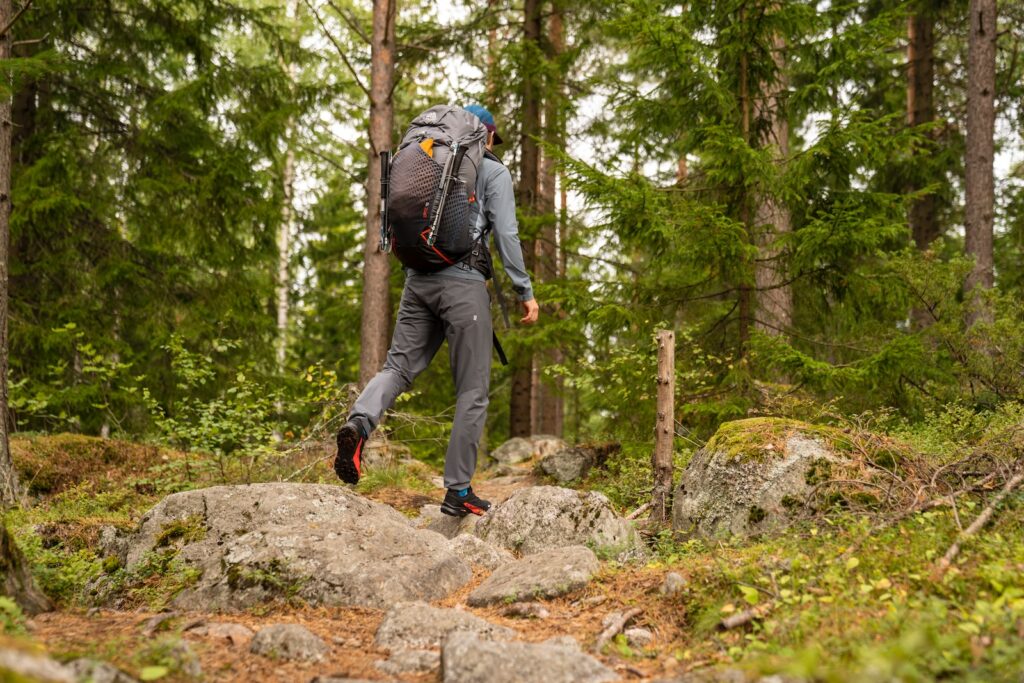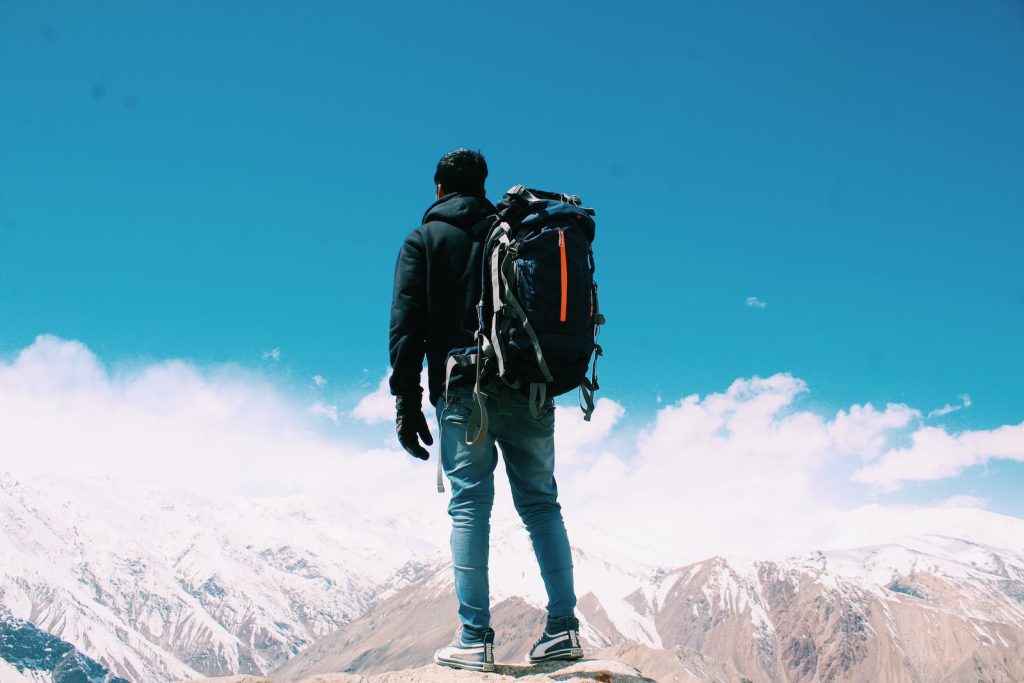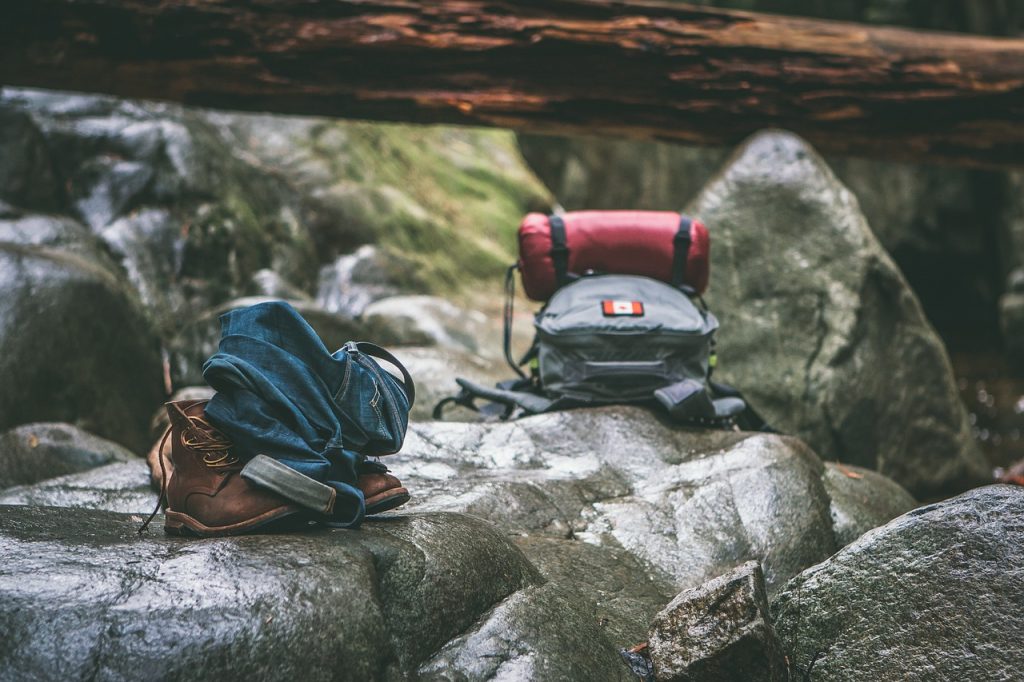

How to Pack a Hiking Backpack: Essential Tips and Tricks?
Are you ready to embark on an epic hiking adventure? Before you hit the trails, there’s one essential task that can make or break your outdoor experience: packing your hiking backpack. Whether you’re a beginner hiker or a seasoned trekker, mastering the art of backpacking is crucial for ensuring comfort and efficiency on the trail.
Luckily, we’ve got all the inside tips and tricks to help you pack like a pro! From organizing gear to maximizing space, join us as we unveil the secrets to packing a hiking backpack in this ultimate guide. Get ready to elevate your outdoor adventures with these essential tips that will leave you prepared and confident every step of the way!
Introduction to Hiking Backpacks

Assuming you have a hiking backpack, these are some essential tips and tricks on how to pack it efficiently for your hike.
- Firstly, make sure that you evenly distribute the weight in your backpack by using all of the different compartments. This will help to evenly distribute the weight on your back and make the hike more comfortable.
- Secondly, be sure to pack heavier items closer to your body and lighter items towards the top and outside of the backpack. This will help with balance and stability while you are hiking.
- When packing your backpack, be conscious of what you will need quick access to during the hike and pack accordingly. This could include things like snacks, water, a map, or a first aid kit. Keeping these items within easy reach will make your hike much more enjoyable.
Assessing Your Needs
Before you start packing your hiking backpack, it’s important to assess your needs. How long will you be hiking? What kind of terrain will you be covering? What kind of weather conditions are you likely to encounter? Once you have a good understanding of your needs, you can start packing your backpack accordingly.
Here are some things to consider when assessing your needs:
How long will you be hiking? This will determine how much food and water you need to pack, as well as what kind of shelter you’ll need.
What kind of terrain will you be covering? If you’re hiking in rugged terrain, you’ll need to pack more clothes and supplies than if you’re sticking to well-marked trails.
What kind of weather conditions are you likely to encounter? Make sure to pack appropriate clothing and gear for the conditions you’re likely to face.
Once you’ve assessed your needs, you can start packing your backpack with the essential items you’ll need for a successful hike.
Which Items are Essential
In order to have a successful and safe hike, there are certain items that you must pack in your backpack.
First and foremost, you need to make sure you have the right backpack. The size and type of backpack will vary depending on the length and difficulty of the hike. For example, if you are going on a short day hike, you will need a smaller backpack than if you were going on a week-long backpacking trip.
Some essential items to pack in your backpack are:
-A map of the area (and a compass if you are hiking in an unfamiliar area)
- Plenty of water (at least 1 liter per person per day)
-Food and snacks
-A first aid kit
-A flashlight or headlamp
-Sunscreen and insect repellent Other items that may be useful to pack include:
-Hiking poles - binoculars
-camera
-extra clothes
Different Types of Packing Systems
There are three main types of packing systems for hiking backpacks: the frameless backpack, the internal frame backpack, and the external frame backpack.
The frameless backpack is the lightest and simplest option, typically made from a single layer of fabric with no structure or support other than some basic sewing. These packs are generally inadequate for carrying heavy loads over long distances, but can be fine for short day hikes or ultralight backpacking trips.
The internal frame backpack has an internal skeleton (usually aluminum or plastic) that gives it shape and supports the weight of your belongings. This type of pack is more comfortable to wear and can carry heavier loads than a frameless pack, making it a good choice for multi-day backpacking adventures.
The external frame backpack has an external framework (again, usually aluminum or plastic) to which the rest of the pack is attached. This type of pack is very sturdy and can carry very heavy loads, making it ideal for expeditionary backpacking or hauling gear in rough terrain. However, external frames can be less comfortable to wear and more difficult to maneuver than internal frame packs.
Tips for Maximizing Your Packing Space

When packing a backpack for a hike, it is important to be strategic in order to make the most of the limited space.
Here are some tips for maximizing your packing space:
-Roll your clothes instead of folding them. This will save a lot of space and prevent wrinkles.
-Pack items that can serve multiple purposes. For example, a scarf can be used as a headband, a blanket, or a towel.
-Use stuff sacks or zip lock bags to organize small items and prevent them from getting lost in the bottom of your backpack.
-Only pack what you need. Don’t bring along things that you won’t use on the hike.
-Pack light! The lighter your backpack, the easier it will be to carry on your hike.
How to Distribute the Weight in Your Pack
There are a few things to keep in mind when packing your hiking backpack to distribute the weight evenly. First, always keep the heavier items close to your body and close to the center of gravity. This will help you maintain balance and stability while hiking. Second, try to divide the weight evenly between the left and right sides of your pack.
This will help you stay comfortable and avoid fatigue while hiking. Make sure that all straps on your pack are tightened properly so that the weight is distributed evenly across your body. By following these simple tips, you can ensure that your pack is well-balanced and comfortable to carry on long hikes.
Tips for Reducing Weight While Packing
1] Start with a smaller backpack. A smaller backpack will force you to pack lighter and more efficiently.
2] Choose the right materials. Lightweight and durable materials will help reduce the overall weight of your backpack.
3] Use a packing system. A packing system, such as a compression sack or cube, can help you organize your belongings and compress them to save space.
4] Replace heavy items with lighter alternatives. For example, choose a lightweight sleeping bag over a bulky one, or ditch the tent in favor of a tarp or bivy sack.
5] Leave unnecessary items at home. If you don’t need it, don’t bring it! This includes items like extra clothing, shoes, books, and electronics.
Stay Organized and Secure Your Gear
A well-organized backpack will help you keep track of your gear and make sure nothing gets left behind.
Here are some tips to keep in mind when packing your backpack:
–Use compartments and stuff sacks: This will help you keep track of small items and keep your backpack organized.
–Pack heavier items at the bottom: This will help distribute the weight evenly.
–Make sure all straps are secure: Loose straps can get caught on branches or other objects.
–Pack essential items in an easily accessible place: You don’t want to have to dig through your entire backpack to find your map or flashlight.
Conclusion
We hope this article has helped you on your way to a successful hiking trip by giving you the essential tips and tricks for packing a backpack. From spreading out your items in the correct compartment, to making sure everything is secure and balanced when all packed together – now you’ve got that know-how, there’s nothing stopping you from hitting the trails!
Before going on any hike, it’s important to remember things such as safety precautions and telling someone where you are going – ready yourself so that your journey into nature can be safe and fun.





